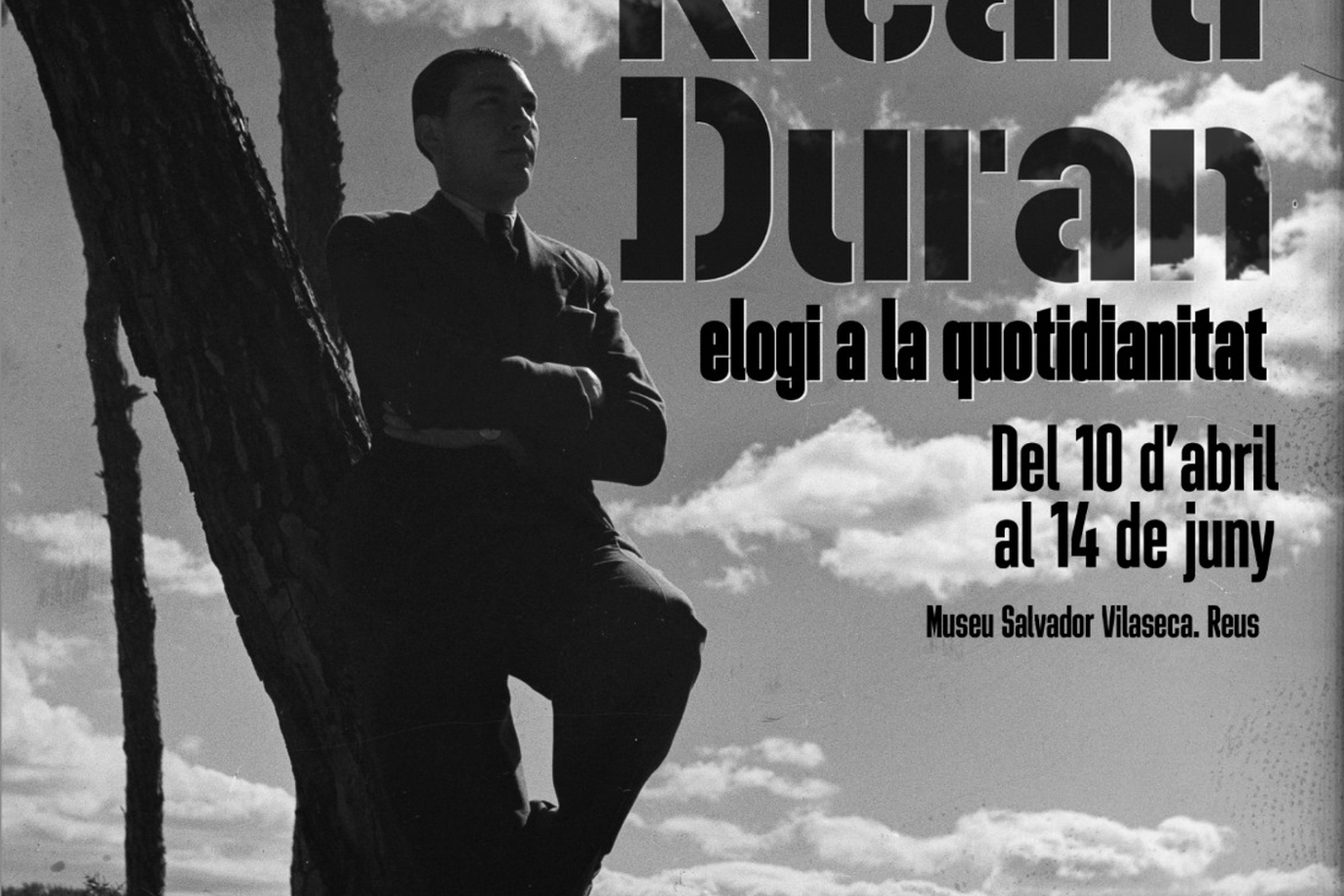RICARD DURAN, ELOGI A LA QUOTIDIANITAT
(Ricard Duran, praise for everyday life)
Ricard Duran i Bargalló (Sabadell, 1916 – Barcelona, 1986) was a photographer with a modern perspective and a special sensitivity to capture the everyday life of his time. His work, developed mainly between the fifties and sixties, stands out for its sobriety, compositional balance and meticulous work with light, which becomes a fundamental element in his images.
He was an active part of the amateur photographic movement of the time, participating in entities such as the Agrupació Fotogràfica de Catalunya (AFC), the FederaciónEspañola de Arte Fotográfico, the Càmera Club de Sabadell — he belonged to or was very closely related to the group of founding members of this Entity —, the FédérationInternationale de l’Art Photographique (FIAP) and the Photographic Society of America (PSA). His career led him to receive several awards and recognitions, among which the appointment as an Artist of the FIAP (AFIAP), on August 31, 1960, stands out, in recognition of his dedication and technique.
His photographs move between two main lines: on the one hand, a documentary will that captures the Barcelona of the mid-20th century — the city of the Seat 600, of the processions, of the empty Diagonal, of the squares and streets full of life —, and on the other, an aesthetic vocation linked to the German New Objectivity. His work is characterized by a careful formal analysis of the environment, with great attention to volumes and textures, and a refined composition that transmits an austere reality full of subtle details.
Despite the influence of international trends and his relationship with other prominent photographers, Duran always maintained a voice and a look of his own. His photography eschewed artifice and focused on the simplicity and expressive power of reality captured with precision and sensitivity.
Thanks to the recovery work that I began in 2006, his legacy has gradually gained recognition and has been the subject of several exhibitions. The first monographic exhibition, presented in 2011 by the Institute d’Estudis Fotogràfics de Catalunya under the title “Les fotografies de Ricard Duran i Bargalló”, helped to establish him as a key figure in the history of Catalan photography.
This exhibition at the Reus Museum, of which I am the curator, aims to pay tribute to his career and highlight a work that, despite its great artistic and documentary interest, has not had the dissemination it deserves. The selection of images includes an essential part of his legacy, with new copies and prints from different periods, as well as a sample of his first original photographs. This combination allows us to get closer to his personal perspective and understand his contribution to the photographic language of the 20th century.
Two elements make this event particularly relevant. On the one hand, its celebration in Reus, under the auspices and collaboration of FIAP, in recognition of the title of FIAP Artist that he received in 1960 in Bern and which was the culmination of his dedication and career. On the other hand, the exhibition is incorporated into the chapter of my doctoral thesis: “Ricard Duran i Bargalló (Sabadell, 1916 - Barcelona, 1986). Sobriety and detail as values of photographic art”, within the Doctoral Program in Art History and Musicology of the UAB, directed by Dr. Jaume Vidal Oliveras. This research work aims to recover his artistic profile and reclaim his work, and this exhibition is a fundamental part of it, contributing to the recognition that his figure deserves within the history of Catalan photography.
Ricard Duran Pineda
















